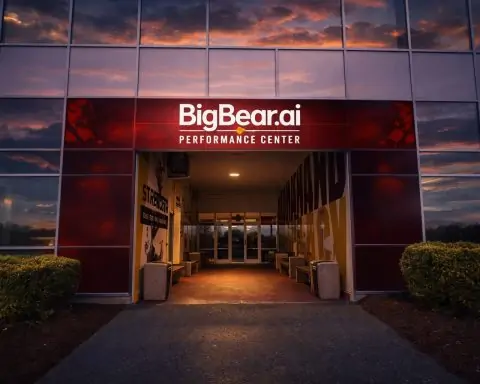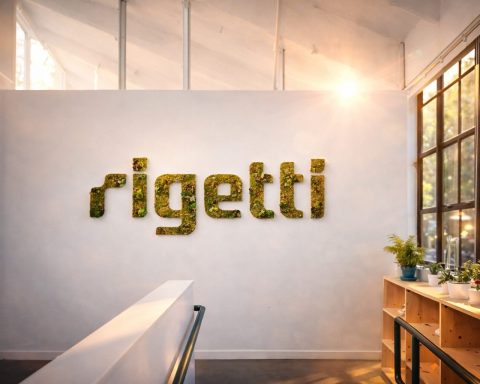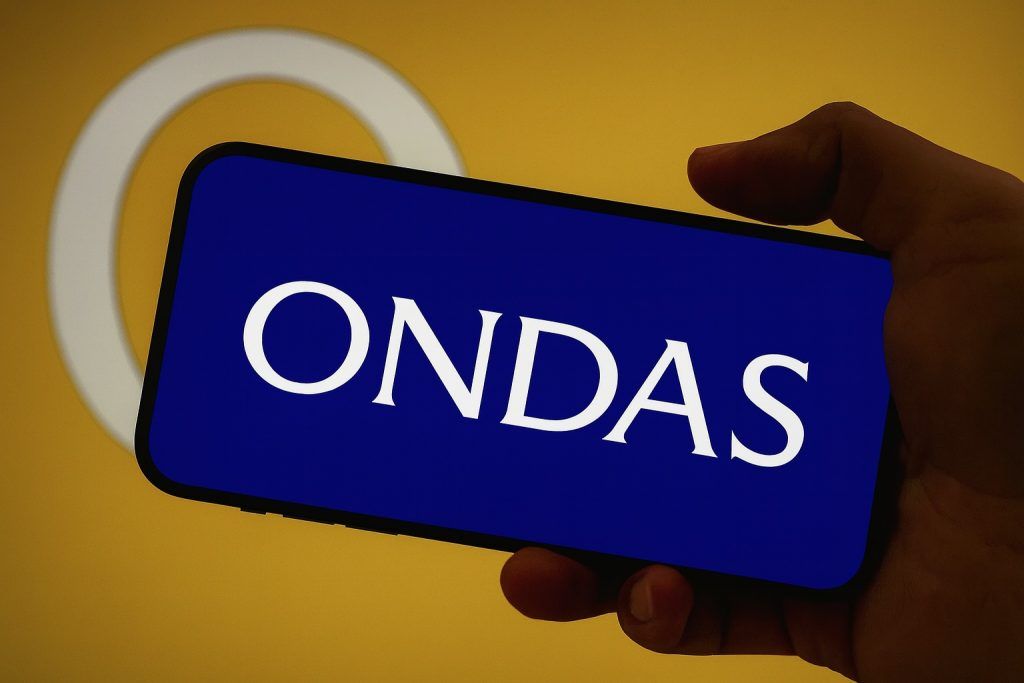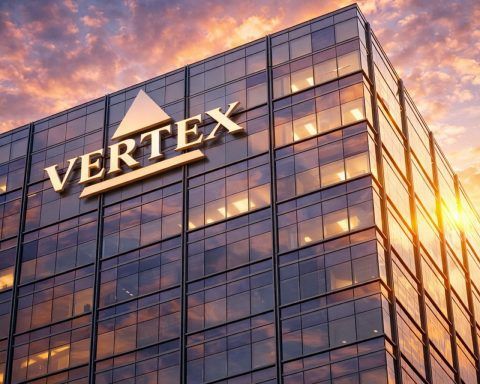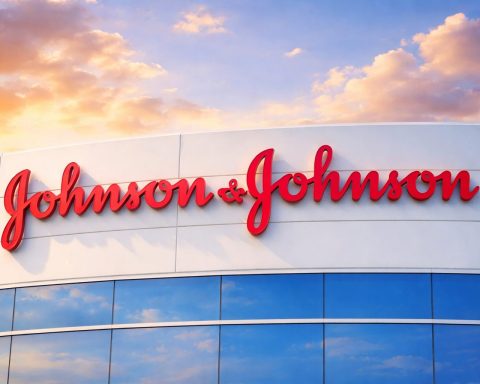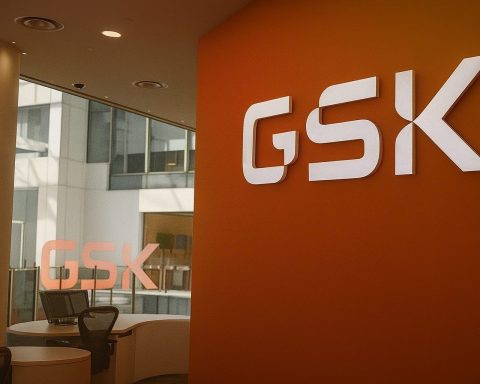- Stock Price (Oct 2, 2025): SRPT closed at $19.57, up +6.8% on Oct 2 [1]. Over the past month the stock has climbed about 16%, though it remains down ~82% year-to-date [2]. The 52-week range is roughly $10.41–$23 (low–high).
- Recent Performance: Intra-day October 2 data show a sharp rebound (Oct 2 open $20.64), with a +6.81% gain from prior close [3]. 5-day and 1-month returns are +14.6% and +15.9% respectively [4]. Market cap is about $1.9B [5].
- Pipeline & Strategy: Sarepta is a leader in genetic medicines for rare neuromuscular diseases [6]. In July 2025 it restructured, cutting ~500 jobs and shifting focus from some legacy gene therapies to its siRNA pipeline(partnered with Arrowhead Pharmaceuticals) [7] [8]. The company also paused limb-girdle muscular dystrophy (LGMD) gene trials due to safety reviews [9].
- Gene Therapy (Elevidys) Updates: FDA asked Sarepta to suspend its Duchenne muscular dystrophy (DMD) gene therapy Elevidys after patient deaths; Sarepta initially refused for ambulatory patients [10]. By late July the FDA recommended lifting the pause for ambulatory Duchenne patients [11]. Sarepta has resumed shipmentsfor ambulatory patients and is working on a risk-mitigation plan (e.g. enhanced immunosuppression) for non-ambulatory patients [12] [13]. A black-box liver toxicity warning will be added to Elevidys as requested [14].
- Analyst Consensus: Analysts are mostly cautious. MarketBeat reports consensus “Hold” with an average price target ~$39.3 [15]. 9 analysts rate SRPT “Buy”, 14 “Hold” and 6 “Sell” [16]. Price targets vary widely: Oppenheimer raised its target from $30 to $37 (July 29, 2025) [17], whereas Mizuho cut its target to $14 [18].
Stock Performance and Trends
Sarepta’s stock is recovering some ground after steep losses. As of Oct 2, 2025, SRPT closed at $19.57, up about 6.8%for the day [19]. This followed a general uptrend in recent weeks: SRPT is up roughly 16% over the last month [20] (though still down >80% from early 2025 levels). Trading volume has been moderate (0.6 million on Oct 2 vs. ~5–9M in prior days) [21]. Over five trading days it gained +14.6% [22], reflecting renewed investor interest. By contrast, the stock had sunk to ~$10–12 in mid-2025 amid safety concerns.
Year-to-date, SRPT’s performance is dismal: a –82% return in one year [23], one of the worst in biotech. The past quarter (July–Sept) saw about +15.7% gain [24]. The 5-year chart is even more striking: a –84% drop since 2020 [25]. This volatility reflects upheaval in the company’s gene therapy business. Investors are now watching whether positive FDA news and pipeline shifts can stabilize the stock.
Company Overview and Recent Business Developments
Sarepta Therapeutics is a biotechnology company specializing in precision genetic medicines for rare diseases [26]. Its flagship area is Duchenne muscular dystrophy (DMD). Sarepta has multiple FDA-approved DMD therapies, including Exondys 51, Vyondys 53, and Amondys 45 (antisense exon-skipping drugs), and Elevidys(delandistrogene moxeparvovec) – a groundbreaking AAV-based gene therapy approved in 2023–24 for DMD.
Pipeline and Partnerships: Beyond DMD, Sarepta’s pipeline includes other gene and RNA therapies. In November 2024 Sarepta struck a major partnership with Arrowhead Pharmaceuticals (up to $11B deal) to co-develop several RNAi (siRNA) programs targeting muscle and CNS diseases [27]. In mid-2025 Sarepta achieved early success under that deal: Arrowhead’s ARO-DM1 (for myotonic dystrophy) hit a Phase I enrollment milestone, earning Sarepta a $100M payment in July 2025 [28]. CEO Doug Ingram has described the Arrowhead alliance as “the future of [Sarepta’s] company” [29].
Strategic Restructuring: On July 16, 2025, Sarepta announced a strategic restructuring and pipeline focus shift [30]. The plan cuts ~500 jobs and redirects resources toward high-value assets (notably the Arrowhead-partnered siRNA therapies) [31] [32]. Management estimates this will reduce annual costs by ~$400M starting in 2026 [33]. Also, Ryan Wong was promoted to CFO as part of the overhaul [34]. Sarepta halted development of several investigational limb-girdle muscular dystrophy (LGMD) gene therapies, following regulatory holds [35].
In sum, Sarepta has pivoted away from some legacy gene programs and is betting on next-generation assets. The company emphasizes it will prioritize patient safety and financial discipline during this transition [36] [37].
Recent News & Announcements
Elevidys Gene Therapy: The biggest news has been around Elevidys for Duchenne. In early 2025, three patient deaths (two pediatric DMD patients on Elevidys, one adult in an LGMD trial) were attributed to acute liver failure, triggering safety actions. In June 2025, Sarepta paused Elevidys shipments for non-ambulatory patients and began new immunosuppression protocols [38] [39]. On July 18 the FDA publicly requested Sarepta suspend all Elevidys distribution [40]. Sarepta refused to halt ambulatory use, but did agree to strengthen the label and safety monitoring.
By July 28, 2025, after review of the safety data, the FDA eased the hold. It recommended lifting the pause for ambulatory DMD patients, concluding the recent death was unrelated to Elevidys [41]. The voluntary hold remains for non-ambulatory patients pending further analysis. Following this, Sarepta resumed Elevidys shipments for ambulatory patients [42]. Infusions are underway again in that group. Sarepta is now collaborating with the FDA on updated liver-toxicity warnings and protocols (e.g. more aggressive immunosuppression) to safely extend Elevidys to the non-ambulatory population [43] [44].
These developments are critical, since Elevidys is the only approved Duchenne gene therapy. In parallel, the FDA revoked Sarepta’s “platform technology” designation (for its AAVrh74 gene platform) because of the safety signals [45]. This complicates future gene programs.
Financial Results & Guidance: In late July 2025, Sarepta reported Q2 2025 results. It posted roughly $513M in revenues (up 42% YoY) [46] and was cash flow positive. CEO Ingram highlighted that FDA’s lifting of the hold allowed “infusions…for the ambulatory community” to resume [47]. Sarepta updated guidance by withdrawing its original Elevidys 2025 sales forecast (given the pauses), but projected at least $500M in Elevidys sales through 2027just from ambulatory patients [48]. The company has not given new formal guidance, citing ongoing uncertainty, but emphasizes its near-term focus on the Arrowhead collaboration milestones and pipeline readouts [49].
Other Announcements: Beyond Elevidys, Sarepta continues to advance other programs. It plans multiple mid-to-late 2025 readouts for its siRNA programs (FSHD, DM1, SCA2, Huntington’s, etc.) [50]. Recent trial updates include dose-escalation in the DM1 study and full enrollment in early FSHD cohorts [51]. In clinical ops, Sarepta voluntarily pulled applications for some development programs to prioritize resources. The company also disclosed that, while its restructuring is underway, it expects to save >$100M by end of 2025 [52].
Expert and Analyst Commentary
Wall Street and industry experts are sharply focused on Sarepta’s safety crisis and turnaround plans. CEO Doug Ingramacknowledged rising caution: “We saw some canceled appointments after the second [safety] event, and that obviously results in some hesitancy (among physicians),” he told analysts [53]. Ingram also emphasized Sarepta is working with the FDA on revised protocols and labeling to protect patients.
Many analysts view the regulatory news as a double-edged sword. Evercore ISI analysts noted that adding the black-box label “removes the downside scenario” of Elevidys being pulled from the ambulatory market [54] – a positive. However, others warn the handling of safety disclosures has hurt confidence. After Sarepta delayed reporting the third patient death, BMO Capital Markets cautioned that the episode “could damage management credibility.” [55]. Patient advocacy leaders echoed the uncertainty: “Families…are grappling with a mix of disappointment [and] concern”over treatment choices, said Debra Miller of CureDuchenne [56].
On the strategic front, Arrowhead CEO Chris Anzalone (Sarepta’s partner) has publicly expressed confidence. In interviews he called the Arrowhead deal “too sweet for both sides” to cancel, and noted Sarepta’s leadership views Arrowhead’s assets as “the future of their company.” [57] [58]. Analysts at HC Wainwright agree the partnership is “symbiotic and mutually beneficial” [59]. Anzalone even forecast that Sarepta “will spend their last dollar to make sure [the Arrowhead deal] stays intact, because it’s so important for them strategically,” suggesting Sarepta will honor its obligations [60]. These comments have helped buoy investor sentiment in allied stocks; for example, Arrowhead’s shares dipped 12% in July largely due to Sarepta-related fears, then rebounded on assurances [61] [62].
Analyst Forecasts and Sentiment
Analysts remain cautious on SRPT. Recent reports show mixed ratings and widely varying price targets. According to MarketBeat, 9 analysts rate SRPT “Buy”, 14 “Hold” and 6 “Sell”, reflecting uncertainty [63]. The consensus rating is “Hold” with an average target of $39.3, over double the current price [64] [65]. However, target revisions have been drastic: Mizuho slashed its SRPT target all the way down to $14 (from $40) in July [66], reflecting the stock crash. Conversely, Oppenheimer upgraded SRPT to “Outperform” and raised its target to $37 (from $30) [67], seeing long-term potential after the restructuring.
Earnings forecasts also paint a challenging picture. Many models call for a loss in FY2025 (reflecting weaker sales after the Elevidys pause). For Q3 2025, analysts at Leerink (SVB Securities) recently cut their EPS estimate from –$1.08 to –$0.70 [68]. The full-year 2025 consensus EPS forecast is around –$3.99 (per share), implying the company would break even by 2026 [69]. These projections are down from positive profits in earlier years. Thus, while the recent sales rebound from ambulatory patients should boost revenues, investors expect low or negative EPS this year.
Taken together, most analysts have a “Hold” stance [70]. Optimists point to Sarepta’s strong balance sheet (cash on hand increased ~$202M in Q2) and upcoming pipeline data, while skeptics highlight continued safety and execution risks. The divergence in price targets (from mid-teens to nearly $80) underscores the uncertainty.
Biotech Sector Context and Competitors
Sarepta’s tumult comes amid a volatile biotech climate in 2025. The broader biotech industry has seen pockets of recovery – experts note rising M&A and strong capital flows following a patent cliff push [71] – but gene therapy in particular faces a credibility test. Sarepta’s woes have reverberated through the space: for example, Arrowhead Pharmaceuticals (its partner) saw its stock pressured by association [72]. Other rare-disease companies are watching closely. No competing gene therapy exists for DMD, but Sarepta does compete indirectly with exon-skipping therapies (e.g. PTC Therapeutics’ DMD drugs) and broader muscle disease programs.
Regulators are also scrutinizing the field. In mid-2025, the FDA updated labels on other gene therapies (e.g. Bluebird Bio’s Skysona) over safety findings [73], reflecting heightened caution industry-wide. On the positive side, Sarepta’s pivot to RNAi fits a sector trend of biotech alliances: big pharma and biotechs are partnering on novel modalities as detailed at JPM 2025 [74]. Thus, Sarepta’s shift to siRNA and its $11B Arrowhead deal align with the sector’s M&A and partnership wave [75] [76].
Investor Takeaway: Sarepta’s stock has undergone a wild ride: From a high near $178 two years ago, it plunged into the teens in 2025 as safety issues and gene therapy fears mounted [77] [78]. The late-July FDA decision to allow Elevidys in ambulatory Duchenne patients and the company’s restructuring have sparked a bounce. However, analysts caution that near-term headwinds remain (non-ambulatory safety, execution of the restructure, and earnings pressure). The average Wall Street target (mid-$30s to $40s) suggests potential upside if Sarepta hits its new marks, but the range is wide.
Sources: Stock data and history from market-data sources [79] [80]; FDA press releases [81] [82]; Sarepta earnings & guidance from company releases/press [83] [84]; industry news via Reuters, BioSpace, CGTLive [85] [86] [87]; analyst reports via MarketBeat [88] [89].
References
1. www.investing.com, 2. www.marketbeat.com, 3. www.investing.com, 4. www.marketbeat.com, 5. www.marketbeat.com, 6. www.biospace.com, 7. www.reuters.com, 8. www.biospace.com, 9. www.reuters.com, 10. www.reuters.com, 11. www.fda.gov, 12. www.biospace.com, 13. www.reuters.com, 14. www.reuters.com, 15. www.marketbeat.com, 16. www.marketbeat.com, 17. www.marketbeat.com, 18. www.marketbeat.com, 19. www.investing.com, 20. www.marketbeat.com, 21. www.investing.com, 22. www.marketbeat.com, 23. www.marketbeat.com, 24. www.marketbeat.com, 25. www.marketbeat.com, 26. www.biospace.com, 27. www.biospace.com, 28. www.biospace.com, 29. www.biospace.com, 30. www.reuters.com, 31. www.reuters.com, 32. www.biospace.com, 33. www.biospace.com, 34. www.reuters.com, 35. www.reuters.com, 36. www.biospace.com, 37. www.biospace.com, 38. www.cgtlive.com, 39. www.reuters.com, 40. www.fda.gov, 41. www.fda.gov, 42. www.biospace.com, 43. www.biospace.com, 44. www.reuters.com, 45. www.fda.gov, 46. www.biospace.com, 47. www.biospace.com, 48. www.reuters.com, 49. www.biospace.com, 50. www.biospace.com, 51. www.biospace.com, 52. www.biospace.com, 53. www.reuters.com, 54. www.reuters.com, 55. www.reuters.com, 56. www.reuters.com, 57. www.biospace.com, 58. www.biospace.com, 59. www.biospace.com, 60. www.biospace.com, 61. www.biospace.com, 62. www.biospace.com, 63. www.marketbeat.com, 64. www.marketbeat.com, 65. www.marketbeat.com, 66. www.marketbeat.com, 67. www.marketbeat.com, 68. www.marketbeat.com, 69. www.marketbeat.com, 70. www.marketbeat.com, 71. www.nasdaq.com, 72. www.biospace.com, 73. www.biospace.com, 74. www.nasdaq.com, 75. www.biospace.com, 76. www.nasdaq.com, 77. www.marketbeat.com, 78. www.reuters.com, 79. www.marketbeat.com, 80. www.investing.com, 81. www.fda.gov, 82. www.fda.gov, 83. www.biospace.com, 84. www.reuters.com, 85. www.reuters.com, 86. www.reuters.com, 87. www.biospace.com, 88. www.marketbeat.com, 89. www.marketbeat.com

